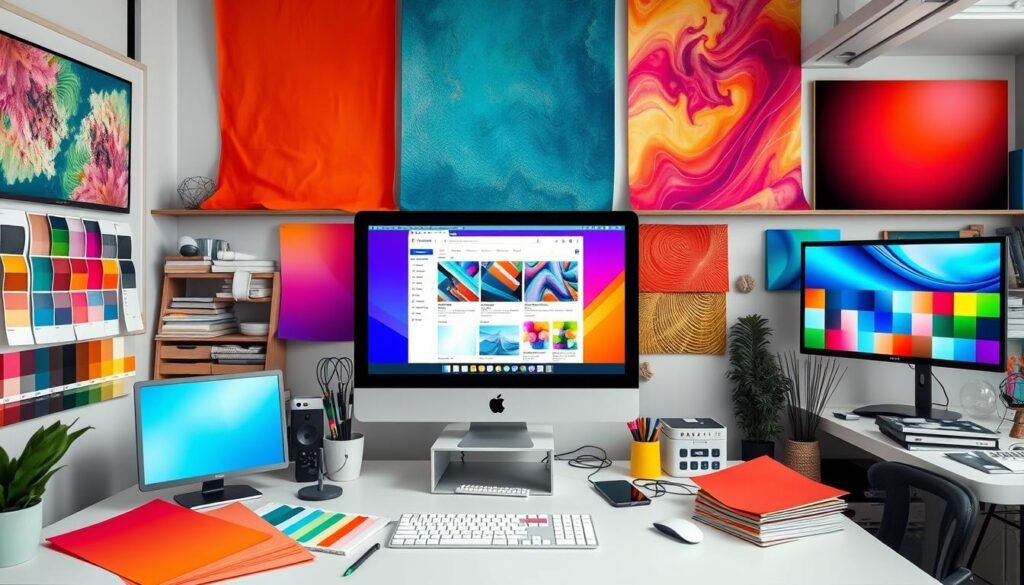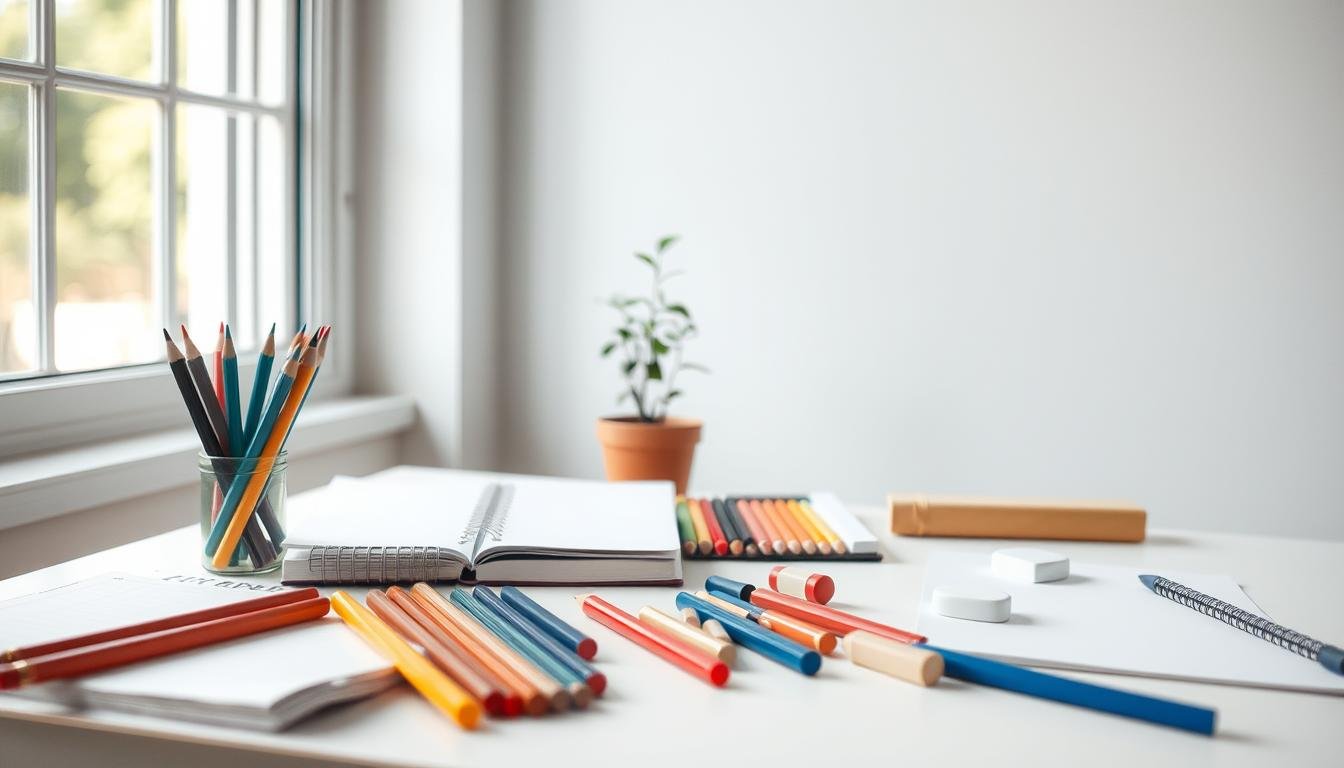Customize Your design:5exwzo_yaxi= background Today!

Did you know 94% of first impressions are design-related? This shows how important your design:5exwzo_yaxi= background is. In today’s digital world, making your design background unique is key. It helps businesses improve their online look and make a strong impression on users.
A good design background does more than look nice; it shows what your brand is about. As you explore background design, you’ll see how it boosts user experience. This makes it crucial for anyone wanting to be noticed online.
Understanding the Importance of Custom Design Backgrounds
Custom design backgrounds are key in graphic design and brand identity. They help a brand stand out in a busy market. By using unique visuals, businesses make a lasting impression. This makes users remember the brand and connect with it emotionally.
Enhancing Brand Identity
Every part of a brand, including backgrounds, shapes its identity. They create a visual language that speaks to the audience. Using colors, patterns, and images, brands share their values and tell a story.
A well-designed background captures the brand’s essence. It builds loyalty among users.
Impact on User Experience
Custom design backgrounds do more than just brand a site. They greatly improve user experience. A good background makes it easy for users to find their way around.
It also makes content easier to understand. Engaging backgrounds lead to better interaction and lower bounce rates. In today’s digital world, good design is more important than ever.

Exploring Different Types of Design Backgrounds
Design backgrounds are key to making projects look good and feel real. Knowing the different types helps creators choose the right one for their project. We’ll look at static and dynamic backgrounds, and the choice between images and patterns.
Static vs. Dynamic Backgrounds
Static backgrounds are steady and clear, perfect for projects that need focus. They’re great for simple designs that want to share a message without distractions. Dynamic backgrounds, however, move and interact, grabbing the viewer’s eye. They’re used in graphic design to make things more engaging and fun to explore.
Choosing Between Images and Patterns
Choosing between images and patterns changes how a background looks and feels. Images grab attention and tell stories, adding depth to a project. Patterns, on the other hand, add texture and interest without taking over. It’s important to think about what message you want to send and how users will feel when deciding.

design:5exwzo_yaxi= background: What It Means for Your Project
Customizing your design:5exwzo_yaxi= background is key to making your project look and work right. It makes your project more engaging and matches your brand’s look.
Why Customize Your Background?
A unique background is important in web design. It can:
- Strengthen brand recognition by using colors and patterns that your audience likes.
- Make users want to stay longer on your site.
- Stand out from others, making your project unforgettable.
Technical Considerations
Looks are important, but tech matters too. When you change a background, remember these:
- Pick the right file formats for fast loading.
- Choose high resolution to avoid blurry images on all screens.
- Check if it works on all devices and browsers for a smooth experience.

Integrating Design Backgrounds into Website Design
Adding design backgrounds to your website can make it look better and work better. Choosing the right colors is key. It helps your design match your brand and grab the user’s attention.
Choosing the Right Color Palettes
Think about the feelings and messages colors can bring. Colors can make people feel certain ways and connect with your audience. A good color palette makes your website look great and feel unified. Here are some tips for picking the best colors:
- Match your brand with the right colors.
- Use color psychology to shape how users feel.
- Make sure colors are easy to read.
Responsive Design Principles
Responsive design is vital for a smooth user experience on all devices. It makes sure your design backgrounds look good on desktops, tablets, and phones. Important things to remember for responsive design include:
- Check how backgrounds look on different devices.
- Use flexible layouts that fit any screen size.
- Adjust styles with media queries based on device type.

Best Practices for Graphic Design Backgrounds
Creating effective graphic design backgrounds is all about best practices. These practices make your designs look good and work well. They help you use visual hierarchy and white space to create a great digital experience.
Creating Visual Hierarchy
Visual hierarchy is key to guiding user attention. Designers use layers and contrast to lead viewers through content. They vary sizes, colors, and positions to highlight important info.
This makes sure users see what’s most important. It helps communicate key messages clearly.
Utilizing White Space Effectively
White space is crucial in digital design. It makes text and images easier to read and looks better. By adding space, designers cut down on clutter and improve understanding.
This shows that sometimes, simplicity is best. It lets important elements shine through.

Tools for Designing Custom Backgrounds
Creating custom backgrounds can really boost any digital design project. The right mix of design tools and graphic software can make your ideas come to life. There are many options for both pros and beginners to find the perfect background for their needs.
Popular Graphic Design Software
Graphic design software is key in today’s design world. Here are some top programs:
- Adobe Photoshop – It has strong features for editing images and making detailed designs.
- Adobe Illustrator – Great for vector graphics, perfect for logos and illustrations.
- Canva – Easy to use for newbies, with templates and simple tools.
Free Online Background Generators
Free background generators are great for those who want to design without spending a lot. They let users make unique backgrounds easily, even if they’re new to design.
- Cool Backgrounds – Offers many customizable background options.
- Patterninja – Makes creating seamless patterns easy with its simple interface.
- Gradient Hunt – Has a collection of stunning gradients for backgrounds.
Enhancing User Experience with Custom Backgrounds
Custom backgrounds are key to a better user experience on websites. The right backgrounds help users enjoy content more and stay longer. It’s important to know how backgrounds affect how easy it is to read.
How Backgrounds Affect Readability
Backgrounds greatly affect how easy it is to read. The color, texture, and pattern you choose can make a big difference. Here are some things to think about:
- Contrast: High contrast between text and background makes it easier to read.
- Clarity: Simple backgrounds help keep focus on the main content.
- Consistency: Keeping a consistent background theme helps with website branding.
Creating Engaging Visuals for Users
Engaging visuals grab attention and encourage users to explore more. Good background design and eye-catching images can make a big difference. Here are some tips for creating engaging visuals:
- Choose visuals that match your brand, keeping your website design consistent.
- Add subtle animations or patterns to add depth without being too much.
- Try layering to make your visuals more dynamic and interesting.
Common Mistakes to Avoid in Background Design
In graphic design, some mistakes can ruin a project’s background. Knowing these mistakes helps create a better user experience. Two big problems are using too busy backgrounds and not following accessibility rules.
Overly Busy Backgrounds
Busy backgrounds can distract users from important content. Too many patterns, colors, or images can cause confusion. It’s important to pick backgrounds that support the content without being too flashy.
Ignoring Accessibility Standards
Following accessibility standards is key to making your site usable for everyone. Ignoring these standards can make your design hard to read and use. Using good color contrasts and clear fonts makes your design welcoming to more people.
Inspiration for Your Custom Design:5exwzo_yaxi= Backgrounds
Finding the right custom design inspiration is key to creating stunning backgrounds. Many brands have shown us how to make backgrounds work for them. Seeing design examples can spark your creativity and guide your choices, leading to great web design results.
Showcasing Successful Design Examples
Many companies have made backgrounds that really stand out. For example:
- Spotify: Their backgrounds use bright colors and shapes that grab your attention and show off their vibe.
- Apple: Apple’s simple backgrounds let their products shine while keeping things sleek.
- Slack: Slack’s fun illustrations create a team spirit, making it a hit with their professional users.
Where to Find Design Inspiration
Finding custom design inspiration is easy if you know where to look. Check out:
- Dribbble: A place where you can find all sorts of design styles and projects.
- Behance: A site filled with top-notch work from creative pros in many fields.
- Pinterest: A goldmine of ideas and visuals for all sorts of interests, including web design.
Implementing Your Custom Background on Digital Platforms
Using custom backgrounds on digital platforms is key to keeping things consistent and engaging. It’s important to know how to use CMS tools and make the most of social media graphics. This ensures a smooth web design experience.
CMS Considerations
Choosing the right content management system (CMS) is crucial. Platforms like WordPress and Wix have their own strengths and weaknesses for adding custom backgrounds.
- Check supported file types and sizes for backgrounds.
- Ensure responsive design is maintained across devices.
- Utilize built-in tools for implementing design backgrounds efficiently.
Knowing these CMS tips can make customizing your online presence easier. It helps create a unified brand image.
Social Media Graphics
Creating eye-catching social media graphics is all about keeping your brand consistent. Using custom backgrounds makes your visuals pop and helps people recognize your brand.
- Design images that align with your website’s aesthetics.
- Adapt backgrounds for each platform’s requirements.
- Ensure that graphics are optimized for faster loading times.
By focusing on these points, you can build a strong social media presence. It will engage users and strengthen your brand across different platforms.
Conclusion
Using a custom design:5exwzo_yaxi= background is key for both your brand and user experience. We’ve looked at many sides of graphic design. We’ve seen how personal backgrounds can really boost visual appeal.
With the right design, users will enjoy their time with your content more. It will stick with them longer.
By using the tips we’ve shared, you can make your digital projects better. Think about how a well-made design:5exwzo_yaxi= background can help your brand. It can make your audience feel closer to you.
It’s time to take your graphic design to the next level. Use these tips to make a bigger impact. Show your brand’s true spirit in every digital space you touch. Read more articles



